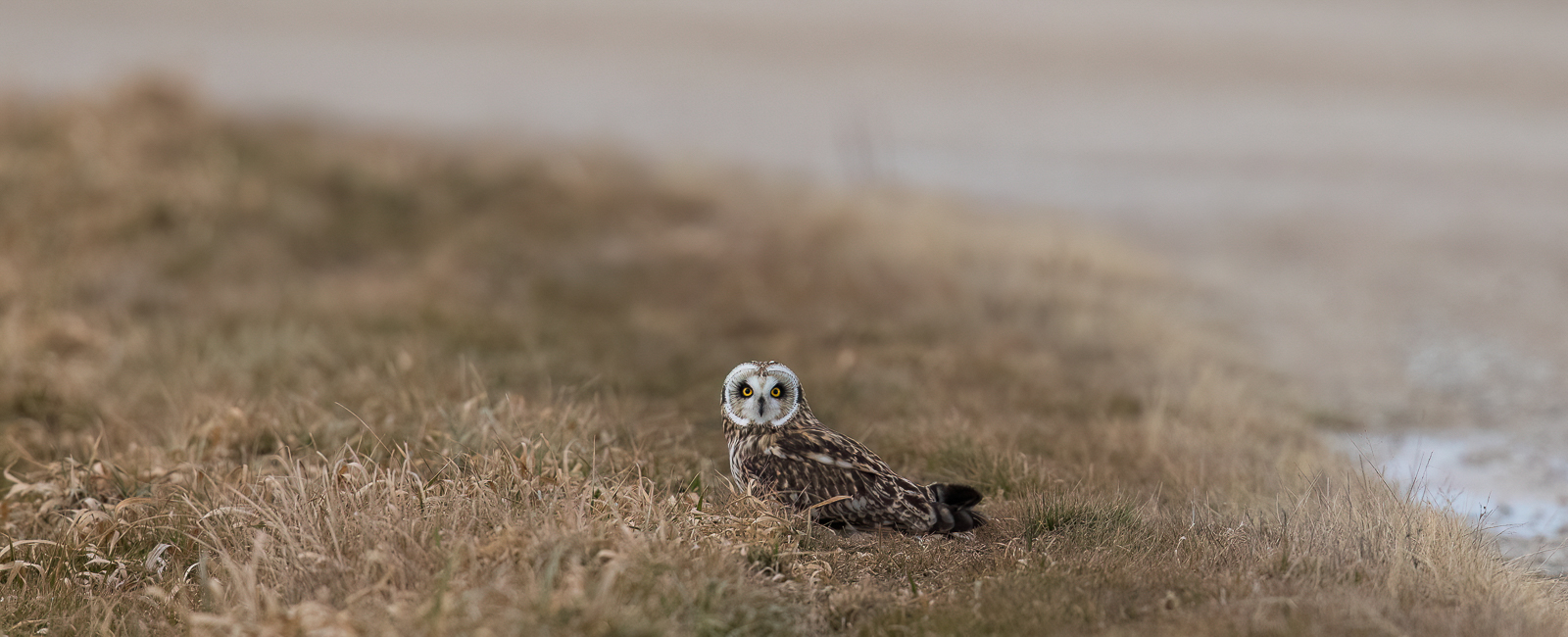Canada Warbler is my favorite! I love the color combination and their beautiful song. This was an excellent spring for them as well. My big day for them was on 5/15, when I saw 12 at Warnimont. They can be found just about anywhere, I usually see them in the low, thicker shrubs. Their song is a loud rapid warble of notes. Canada Warblers also linger late to the end of May. The Hooded Warbler is a very striking bird when seeing in the field. The black that surrounds the males face is very bold and unmistakable! Unfortunately, they aren’t very common, however there seems to be a decent amount that pass through Milwaukee County each spring. Warnimont Park in particular, gets one every year behind the archery range, which I’m willing to bet is the same one each year. This year, he showed up very early, 4/25 along with a bunch of other warblers that day, in our fallout at that park. He continued there for the next two days and was even joined by another as well. They have a very pretty song as well that is a clear weeta-weeta-weet-tee-o. On 5/1, I had a very cooperative female at Whitnall Park. She was along a creek in the middle of the park. Wilson’s Warblers are usually a little later, like the Canada and stay longer. There were lots of them this spring, as usual with 9 being seen on 5/11. 5/15 was also a great day with 8. Both of those days were at Warnimont Park. Photos below are from the last month in Milwaukee County. Enjoy!
Canada Warbler








Hooded Warbler








Wilson’s Warbler
















































































































































































